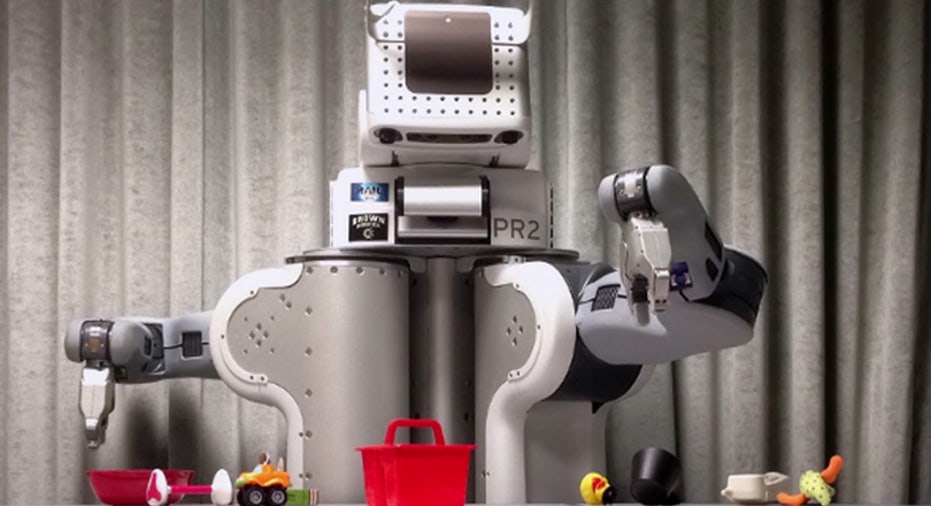Former McDonald's CEO: Minimum Wage Increase Means More Robots

A former McDonald's CEO thinks the robots could transform the fast food industry, a moment he believes will arrive faster if the minimum wage is increased.
"It's cheaper to buy a $35,000 robotic arm than it is to hire an employee who's inefficient making $15 an hour bagging French fries," Ed Rensi said during an interview with Fox on Tuesday.
The economics make sense if you believe Rensi's numbers. His robot would recoup its purchase cost after working for 2,333 hours, or a little more than six months, assuming it's operating for 12 hours a day. You do have to add in maintenance and repair costs, but you don't have to give the robot sick or vacation time.
Rensi's example was intended to support his view that the federal minimum wage should be abolished. Even with the minimum wage, automation has already meant fewer fast food employees are required. Last year, Rensi told the Washington Post that when he started working at McDonald's in 1966, there were twice the number of people working in its restaurants as there are today.
He is not the first fast food CEO to forecast a robotic future. Andy Puzder, CEO of Carls Jr. and Hardee's parent company, said he wants to try a restaurant run completely by robots.
"You order on a kiosk, you pay with a credit or debit card, your order pops up, and you never see a person," Puzder told Business Insider. He explained that with reduced labor costs, the restaurant could offer healthier, cheaper options, like a "substantial" bowl of quinoa for $6.95.
Then there is the Pepper robot, a white humanoid figure equipped with cameras, touch sensors, and an accelerometer, which is coming to Pizza Hut stores in Asia later this year. Pepper can interact with you as you place your order, even detecting your emotions and recommending which pies to buy.
Also in Asia, Apple supplier Foxconn has dropped 60,000 people from its workforce thanks to robots, the South Morning China Post reports. Headcount at one factory has dropped from 110,000 to 50,000, with robots called in to "replace repetitive tasks."
This article originally appeared on PCMag.com.



















